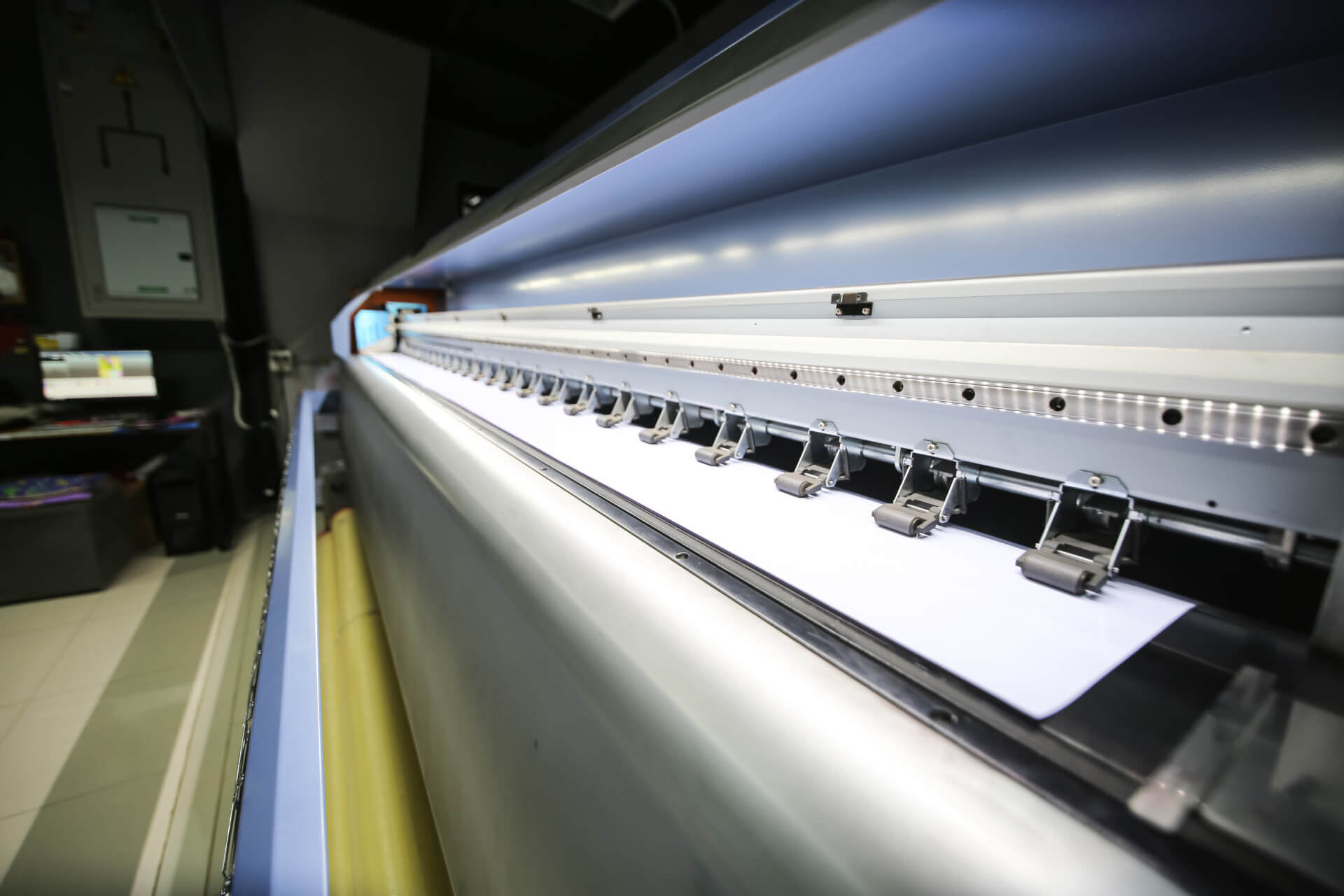Cost Challenges in Large Format Print Production
Controlling costs in wide format printing is difficult due to the unique demands of large-scale jobs. Here are some of the biggest cost-related challenges:
Material Costs and Waste
Large format printing requires expensive substrates, inks, and finishing materials. Without proper inventory tracking, over-ordering or last-minute shortages can lead to increased costs. Excessive material waste due to inaccurate print jobs also drives up expenses.
Manual Processes
Traditional workflows rely heavily on manual data entry for order processing, job tracking, and invoicing. This increases the risk of errors, slows down production, and creates unnecessary labour costs.
Quoting and Cost Estimation Errors
Pricing in large format printing can be complicated due to custom orders, different substrates, finishing options, and delivery requirements. Without an automated estimation tool, miscalculations in quotes can result in lost revenue or overcharging, harming customer relationships.
Quality Control and Reprints
Errors in job specifications, colour accuracy, or finishing processes can lead to costly reprints. Ensuring quality from the start is essential for reducing material waste and labour costs.
Underused Equipment
Many wide format printers struggle with inefficient production scheduling, leading to underutilised equipment. Idle machines or overburdened workflows create bottlenecks and increase operational costs.
How Print MIS Helps Cut Costs in Large Format Printing
A wide format print software solution reduces costs by automating key processes, improving workflow efficiency, and minimising errors. Here’s how it works:
Smart Inventory Management and Reduced Waste
Print MIS ensures real-time tracking of materials, helping businesses optimise inventory levels and avoid shortages or over-purchasing. This prevents waste and allows companies to buy in bulk when prices are lower.
With accurate job tracking, businesses can also reduce spoilage and misprints, leading to significant savings on materials.
Automated Order Processing
A Print MIS eliminates the need for manual data entry, reducing the risk of human error. Orders flow seamlessly from Web to Print platforms into production, cutting admin costs and speeding up turnaround times.
Accurate Quoting and Cost Estimation
With a wide format estimation tool, businesses can generate accurate quotes based on real-time material costs, labour, and production time. This ensures pricing is competitive and profitable, avoiding undercharging or overpricing.
Reduced Errors and Reprints
A print MIS integrates quality control measures, ensuring job specifications are accurate before production begins. By reducing errors, businesses can eliminate unnecessary reprints, saving time, materials, and labour.
Optimised Production Scheduling
With wide format production management, businesses can maximise machine efficiency by intelligently assigning jobs to the right equipment at the right time. This prevents underused equipment, reduces bottlenecks, and ensures faster turnaround times without increasing costs.
Improved Job Tracking
By providing real-time visibility into production, a Print MIS allows businesses to track jobs, anticipate delays, and make data-driven decisions. This results in better resource allocation, reduced overtime costs, and improved overall efficiency.
Benefits of Cutting Costs with Print MIS
Lower material costs
Smarter inventory control and reduced waste ensure every sheet, roll, and drop of ink is used efficiently.
Faster order processing
Automating workflows reduces the time spent on admin tasks, freeing up staff for higher-value work.
More accurate quotes
With wide format print quoting, businesses can ensure they are charging the right price for every job, protecting margins.
Fewer reprints
Improved job accuracy prevents errors before they happen, reducing costly do-overs.
Maximised equipment usage
Optimised scheduling ensures machines are running at full capacity, increasing output without additional costs.
Conclusion
Cost control is one of the biggest challenges in large format printing, but with the right technology, businesses can significantly reduce waste, increase efficiency, and improve profitability.
A Print MIS provides wide format print software solutions that automate processes, improve scheduling, and enhance job tracking, leading to smarter cost management. By integrating a wide format production management system, businesses can eliminate inefficiencies and increase profits without sacrificing quality.
If you’re looking for better pricing accuracy, reduced waste, and increased productivity, now is the time to invest in a Print MIS to transform your large format printing business.
